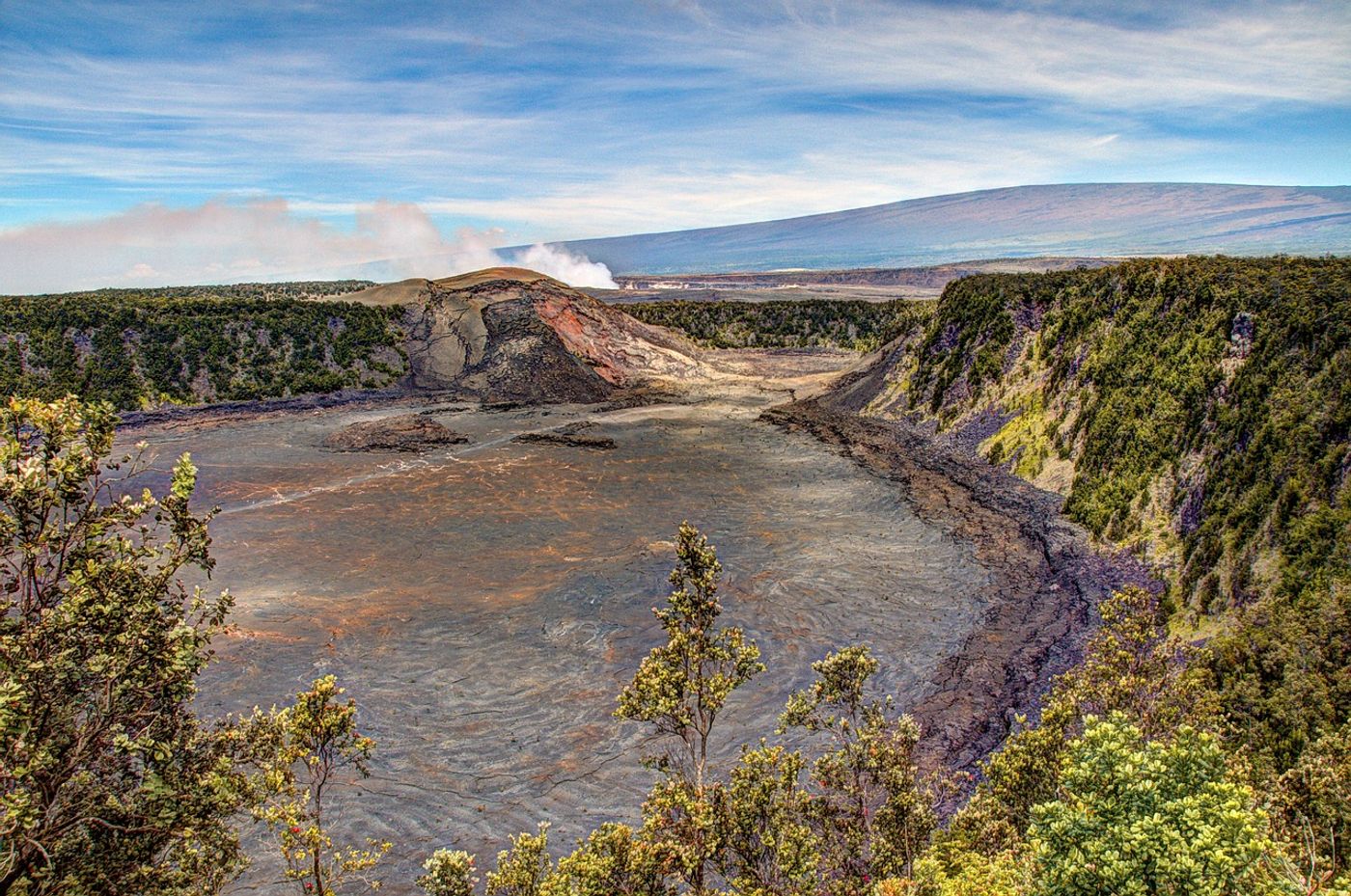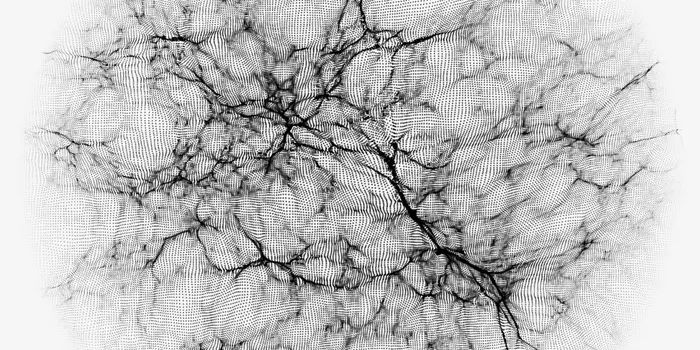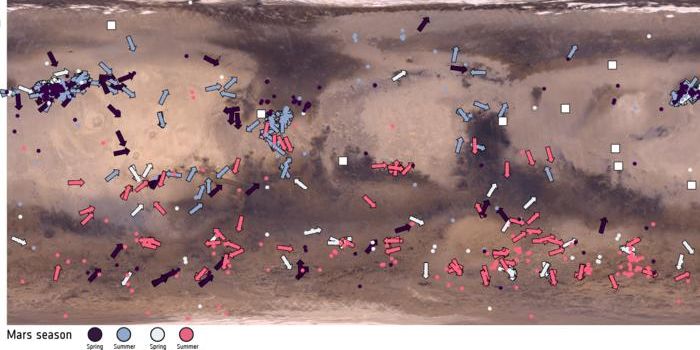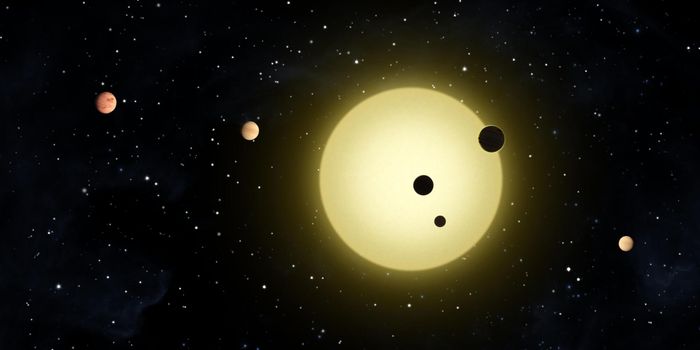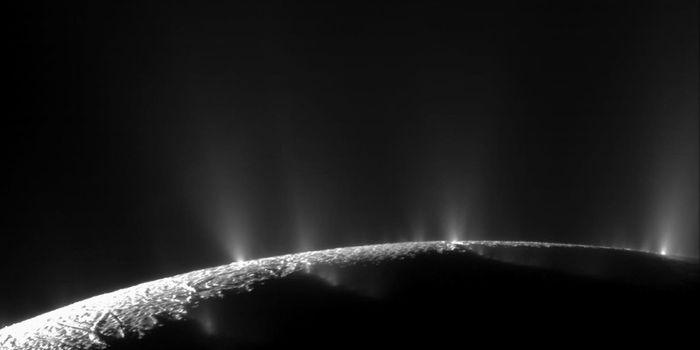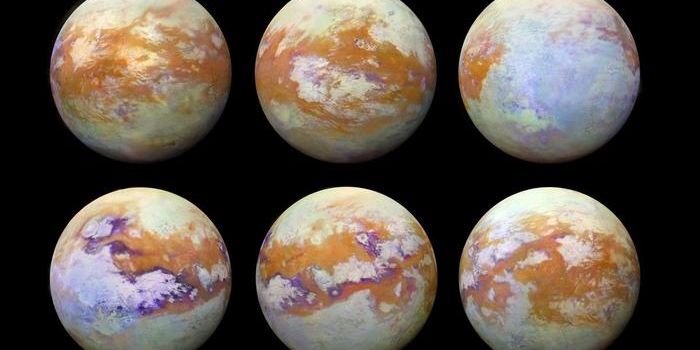Massive Phytoplankton Bloom Resulted from Kilauea's Eruption
The 2018 eruption of Hawaii’s Kilauea Volcano didn’t just change the lives of several hundred residents and the local landscape. It also had short-lived impacts on the surrounding ocean’s chemistry. The New York Times estimates that the eruption produced 320,000 Olympic-size swimming pools of lava, most of which ended up in the Pacific Ocean. Simultaneously, a massive phytoplankton bloom occurred in the typically nutrient-poor waters surrounding the region. The same article also reports that the bloom began three days after volcanic lava first entered the Pacific Ocean and stretched for nearly 100 miles offshore within two weeks-time. How could such abundant growth result from superheated lava entering seawater?
Last week, scientists from the University of Hawaii at Manoa (UH) and the University of Southern California (USC) published the results of their study that investigated the mechanisms of the bloom. According to an article from UH, lead researchers Sam Wilson and Nick Hawco initially hypothesized that lava and volcanic dust provided microorganisms with phosphate and iron that they need for growth and are usually lacking in this region.
The team studied both satellite images and water samples that were taken at a peak time during the eruption—July 13 to 17, 2018. What they discovered was that their hypothesis was incorrect; once the lava entered the water iron and phosphate combined, rendering the nutrients unavailable for use by microbes.
Instead, the bloom was caused by deep-water nutrient upwelling that was triggered by the lava heating subsurface waters. The rise in nitrate near the water’s surface provided a feast for phytoplankton, leading to the massive bloom. The presence of nitrate in the water samples was key to discovering the mechanism of the bloom. According to an article from PBS NOVA, the chemical fingerprint of the nitrate present in samples did not match that of groundwater or nitrate that could result from lava converting nitrogen into nitrate at such high temperatures. However, the chemical fingerprint did match that of nitrates from deeper ocean waters.
Sam Wilson told UH reporters, “The expedition in July 2018 provided a unique opportunity to see first-hand how a massive input of external nutrients alters marine ecosystems that are finely attuned to low-nutrient conditions.” While the bloom eventually dissipated, it may have had lasting impacts on the rest of the marine food chain in the region.
Sources: New York Times, UH, Science Magazine, PBS Nova
